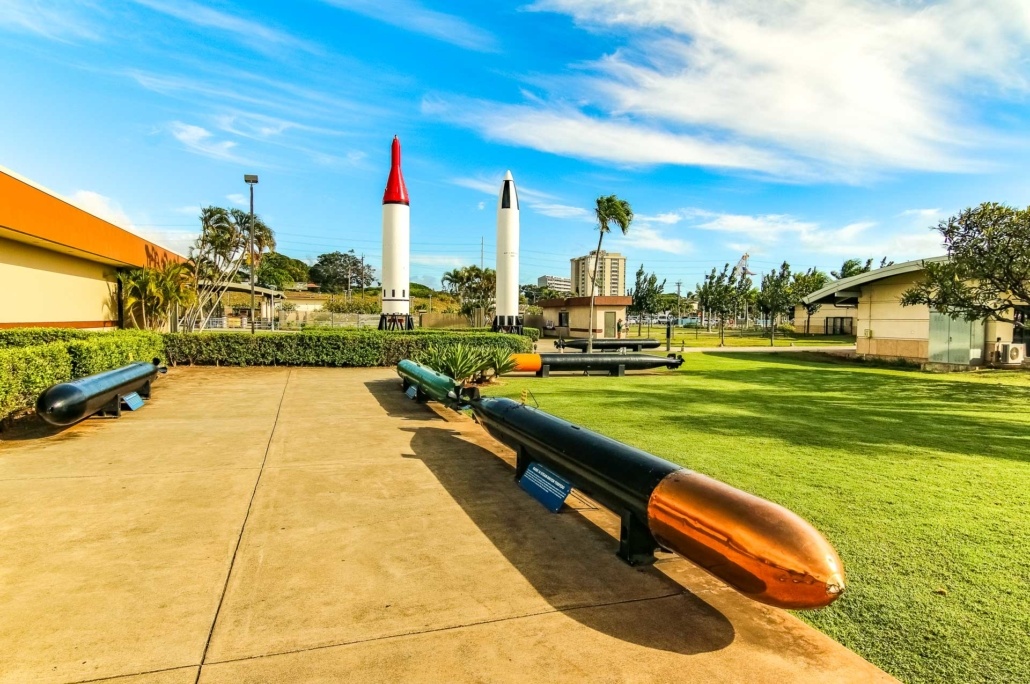

On 2 October, as the submarine continued through the Makassar Strait toward Australia, her crew sighted a schooner off Balikpapan. The battle came to an abrupt end when a four-inch round struck the enemy's magazine and blew apart the already sinking barge. When the target responded with machine gun fire, the submarine's 20-mm guns entered the fray. On 30 September, as she left the Mindanao Sea, Bowfin chanced upon a diesel-propelled barge carrying over 100 Japanese soldiers, and opened fire on it with her four-inch gun. One stopped before reaching the target, and the other two missed. Two days later, she came across a 1,400-ton interisland steamer and shadowed her until reaching a firing position about three hours later. The following morning, after Bowfin 's radar had picked up an enemy plane also equipped with radar, the submarine was forced to submerge to avoid detection. Although the submarines continued to pursue the remaining enemy vessels as they fled during the night, the battered group of Japanese ships finally managed to slip away in the darkness. Later in the day, members of Bowfin's crew heard distant explosions and inferred that Billfish was going after the remnants of the convoy, a conclusion that proved to be correct, for their sister ship managed to damage two Japanese ships totaling about 12,000 tons. However, the two latter ships apparently were able to limp back to port, for the sinking of neither was confirmed by postwar study of Japanese records. When the submarine rose to periscope depth about an hour later, the 8,120-ton passenger-cargo ship Kirishima Maru was slowly sinking, the tanker was on fire, and the transport seemed to be settling by the stern. Gunfire at her periscope forced Bowfin to go deep, so prevented her crew from observing the progress of her last salvo, but they heard its torpedoes explode. The submarine immediately turned her fantail toward the convoy and emptied her stern tubes, sending four torpedoes in the direction of a tanker. Three exploded against the side of the first ship and both of those fired at the second struck home. She then launched her six bow torpedoes – four at a freighter and two at a trailing transport. The next day, the two submarines began tracking a six-ship convoy and continued the chase for some five hours before Bowfin finally attained a suitable attack position. On 24 September, she met with Billfish to conduct coordinated operations. The warship reached the Mindanao Sea on 2 September, but plied its waters for more than three weeks without encountering any worthwhile targets.

She topped off her fuel tanks at that port and sailed on the morning of 25 August for her first war patrol. After-voyage repair at Brisbane preceded her getting underway on 19 August to move north and west along the Australian coast to Darwin. Early in July 1943, she got underway for the Pacific war zone, and after transiting the Panama Canal and crossing the Pacific, reached Australia. Willingham in command.įollowing fitting out, the submarine proceeded via Newport, Rhode Island, to New London, Connecticut, her base for shakedown training. Since 1981, she has been open to public tours at the USS Bowfin Submarine Museum & Park in Pearl Harbor, Hawaii, next to the USS Arizona Memorial Visitor Center.īowfin was laid down by the Portsmouth Naval Shipyard at Kittery, Maine, on 23 July 1942, and launched on 7 December 1942 by Mrs. Jane Gawne, wife of Captain James Gawne, and commissioned on, Commander Joseph H. USS Bowfin (SS/AGSS-287), is a Balao-class submarine of the United States Navy named for the bowfin fish. 10 × 21-inch (533 mm) torpedo tubes (six forward, four aft 24 torpedoes).48 hours at 2 knots (3.7 km/h) submerged.4 × high-speed General Electric electric motors with reduction gears ġ1,000 nautical miles (20,000 km) surfaced at 10 knots (19 km/h).4 × General Motors Model 16-248 V16 Diesel engines driving electric generators.Museum ship in Pearl Harbor, Hawaii since 1 August 1979 īalao-class diesel-electric submarine Portsmouth Naval Shipyard, Kittery, Maine


 0 kommentar(er)
0 kommentar(er)
